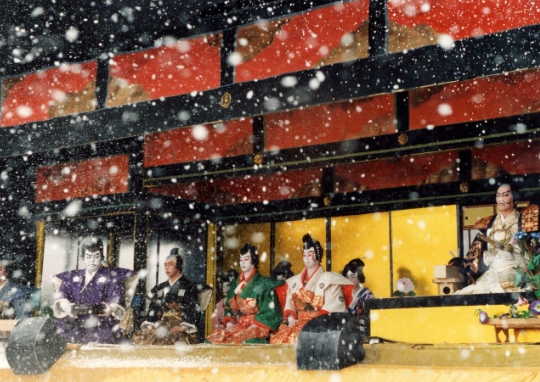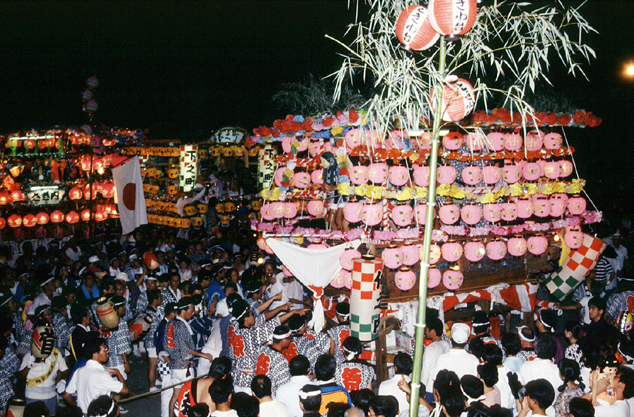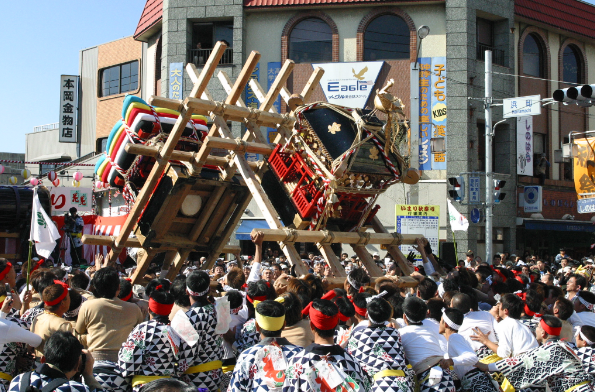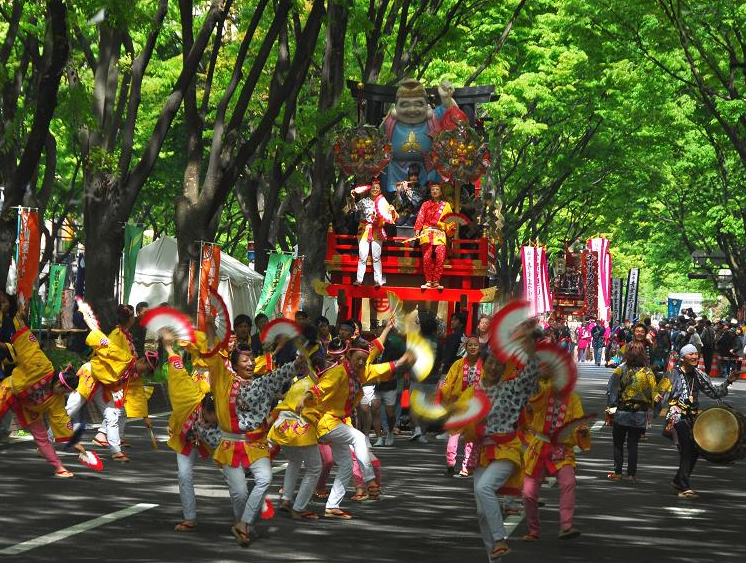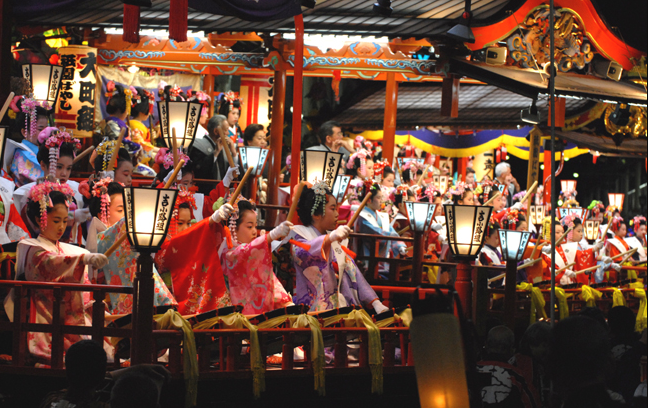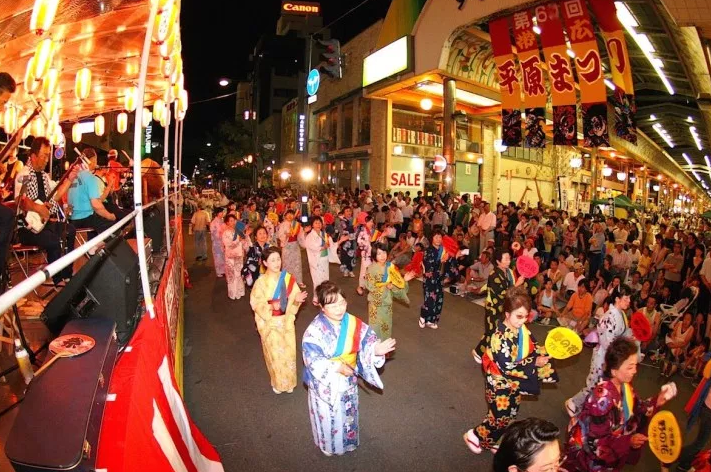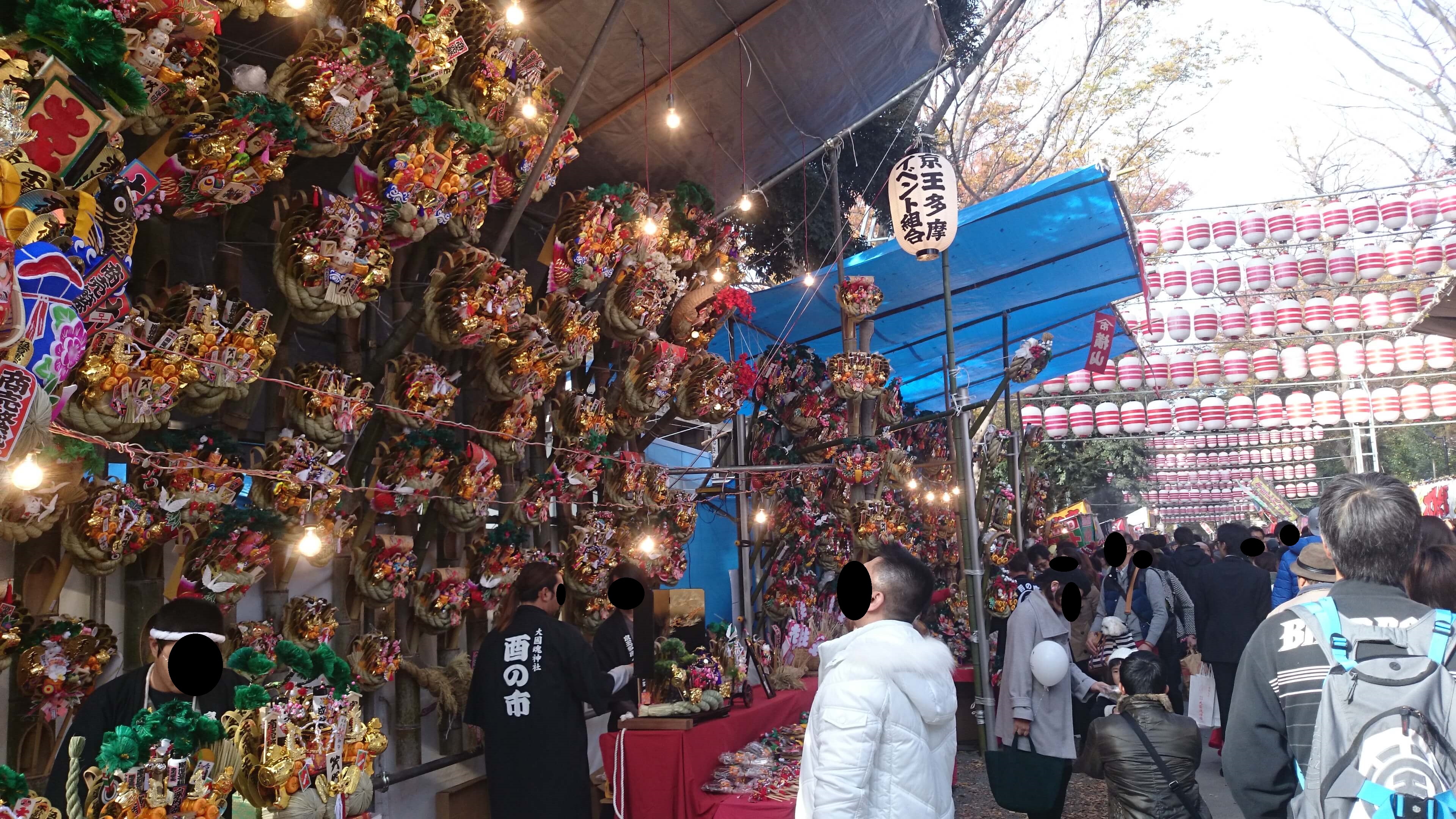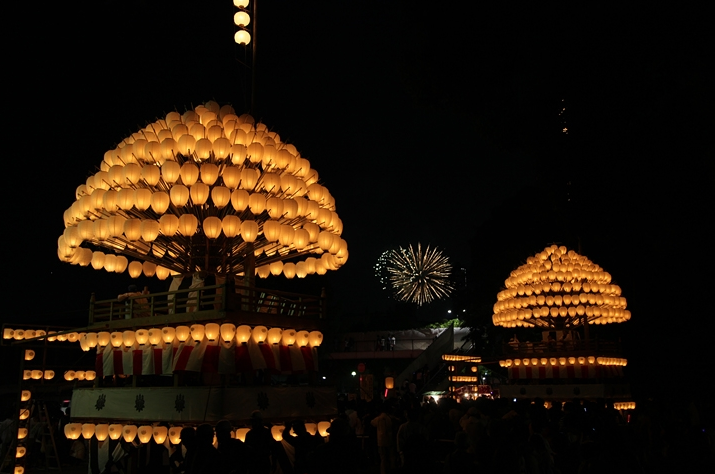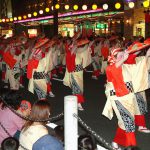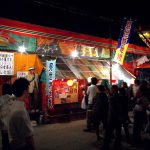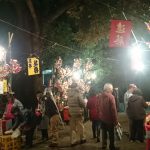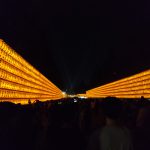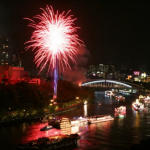Sakata City: The Filming Location of the Movie “Departures”
Sakata City is located in the northwest of Yamagata Prefecture, in the northern Shonai region. It is famous for being one of the filming locations for the movie “Departures.” The Sankyo Warehouses, which were featured in the film, are a popular attraction. These warehouses were built in Meiji 26 (1893) for storing rice, and they still tell the story of Sakata’s bustling history as a rice shipping port.
Another filming location in Sakata is the “Former Kappo Obata,” a building constructed in the early Showa period. It is a three-story reinforced concrete Western-style building, and due to its dilapidated condition, it is now only viewable from the outside. Sakata City is home to many other historical buildings as well.
“Sakata Ramen,” which you can enjoy in Sakata City, is a local delicacy. It is known for its high percentage of homemade noodles (80%) and its clear soy sauce broth, made primarily from niboshi (dried sardines), tobiuo no yakiboshi (grilled flying fish), and kombu (kelp). It’s definitely worth trying if you visit.

Quoted from D&DEPARTMENT
Let’s Go See Kuromori Kabuki!
Location: Kuromori Hie Shrine
Date: February 15 and 17 every year
Access:
- Approximately 20 minutes by car from JR Sakata Station
- Approximately 12 minutes by car from Sakata IC
http://www.city.sakata.lg.jp/bunka/bunkazai/minzokugeino/kuromorikabuki.html (Official Sakata City Website)
Kuromori Kabuki began in the mid-Edo period during the Kyōhō era and has a tradition spanning approximately 270 years. It is a form of farmers’ kabuki not performed for entertainment, but as an offering to the gods. The festival at Kuromori Hie Shrine, where the kabuki is dedicated, is held during the old lunar calendar’s small New Year, meaning it takes place in the freezing cold of February.
Since the performances are held in February, it often snows, but the performances are rarely canceled due to snow. Therefore, the kabuki performed in the snow is known as “Snow Kabuki” or “Cold Kabuki.” Additionally, the number of performances and the scale of the festival are among the largest in Japan. Along with the “Summer in Hinoemata,” it is one of the two major rural kabuki performances in the Tohoku region, earning the nickname “Winter in Kuromori, Summer in Hinoemata.” For instance, the featured performance for 2017 was “Ehon Taikoki.”
The Highlight is the Snow Kabuki Itself!
Watching kabuki performed in falling snow is a rare sight, even across Japan. Kuromori Kabuki has traditionally been performed only by men, both in the past and present. A notable feature is that the actors, musicians, costume designers, wig makers, and even the stage props, small props, and direction are all handled by the performers themselves. This self-sufficiency results in a highly authentic performance that rivals others nationwide. Remarkably, the performances have never been interrupted in their long history.
Another highlight is the children’s kabuki, where local boys in the upper grades of elementary school perform. They receive kabuki instruction as part of their school curriculum, and you can witness their powerful performances.
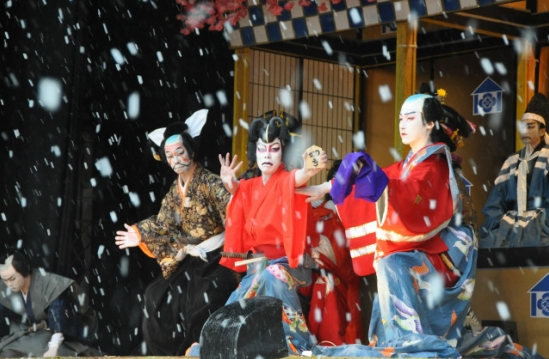 Warm Food and Drinks are Served at the Venue
Warm Food and Drinks are Served at the Venue
Quoted from Yamagata Sakata Sanpo
Warm Food and Drinks are Served at the Venue
When attending Kuromori Kabuki, be sure to dress warmly. The venue offers warm food and drinks. The atmosphere at the venue is relaxed, with some people enjoying the kabuki while drinking sake. You can enjoy a unique kabuki experience that is different from others. Be sure to check it out.
For detailed videos, click here
Featured image quoted from Yamagata Sakata Sanpo
(Edited by 千八乃)


